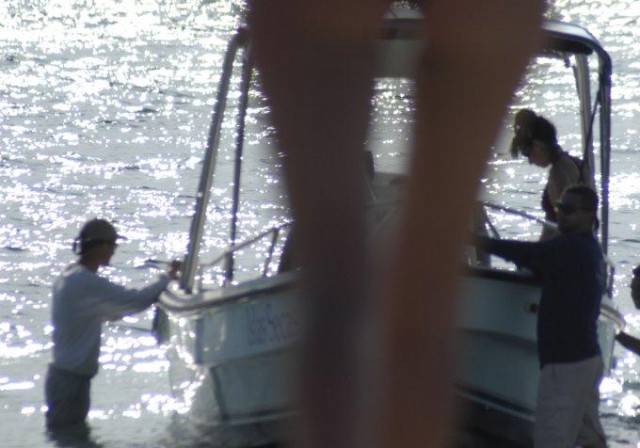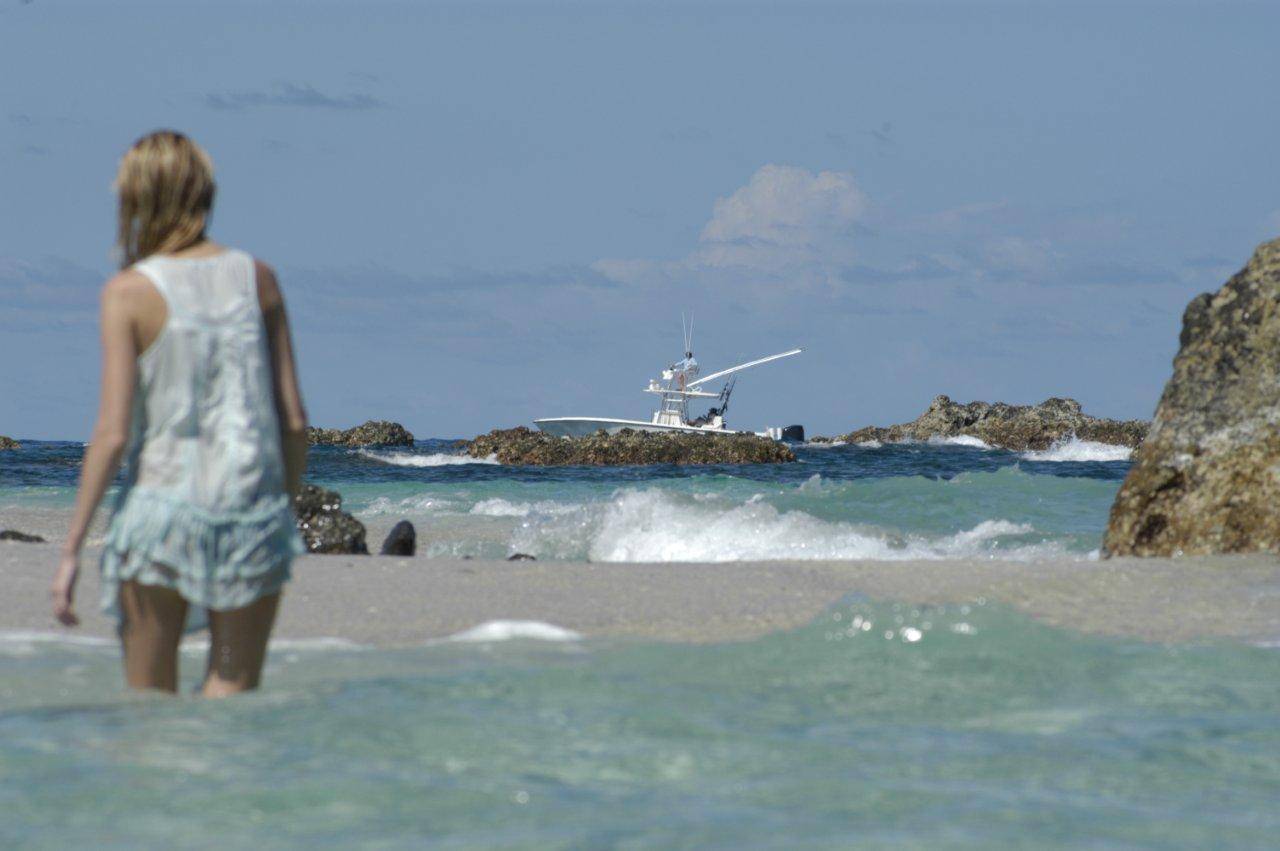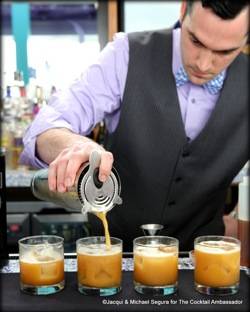
The determination made me apprehensive. Eyes lost in blue, the Humboldt Current below, long waves breaking the surface – castaway in the Pacific could well have been the theme of that day. I wasn’t ready for nature in its fullest. Not prepared for iridescent sun rays penetrating through unpolluted atmosphere, washed by tropical showers and trade winds. Soft hands not accustomed to clinging onto a seat while a 15-meter boat is being rocked by the sea. What kept me certain was our vessel; the power of two outboard 300 bhp engines, with which we shot across the water, glimpsing gigantic turtles and dolphins. Our group of four was headed to a volcanic outcrop so remote it felt as if the chart-makers had forgotten to jot down its coordinates on their maps. Wild, untouched and beautiful: the Islas Secas.
While the Bermuda Triangle is practically synonymous with the mystery, the Islas Secas are so untouched that we felt like Charles Darwin exploring an untouched land. Interestingly enough, the triangle we’re about to plunge into once rubbed shoulders with the Galapagos. Nowadays, this island group is located some 8 degrees north of the equator, just off the coast of Panama in Central America. The Islas Secas is where currents mix, and is part of a famous animal migration path (a kind of Route 66). “Come cradle the nature” would be their slogan, if they had one. But they really don’t need it. Because never before could three words say so much…seeing is believing.
This archipelago comprises 16 islands tucked close together in the infinite ocean, with tropical rainforest vegetation that makes them difficult to approach yet houses an incredible animal life. To visit these islands is like being in a National Geographic documentary. The species which populate these islands are truly incredible. Getting to the island is a challenge; there’s just one concrete landing strip on the main island. The whole archipelago is owned by one charismatic individual, prepared to save this wild from ourselves so environmentally friendly routines feature in the everyday. Not that you as a guest who can afford this luxury, will ever notice. You not only have the islands to yourself, but also all you can imagine in terms of arrangements, whether it’s a picnic on a deserted beach, fishing in one of the world’s richest waters, scuba diving, or even yoga class or a massage. The people who work on these islands are the best at what they do, trained to be invisible so you can walk naked around your casita (much to the amazement of the iguanas basking in the sun around you). The sun is hot and strong – I favored Cashmere sunscreen by Sunday Riley to protect and detoxify our skin with its ageless NV-5 complex.
I’ve only had one request in the week I’ve spent there. Whenever I would come within a visible distance of Terrazza, no questions asked, fresh papaya juice with vodka would be served. No need to go into the details, but I’ve learned a charter plane flew in with extra papayas just to keep one guest happy. And happy I was. Circumnavigating the archipelago with Tuomo the watersports master and his crew of mariners, I felt secure above and below water. One morning, after breakfast, I mentioned a question about scuba diving – he replied by setting up a course within five minutes. Which was good as it gave me no time to finish the vodka cocktail! A few hours later I was scuba diving for the first time in my life, surrounded by turtles and dolphins and sharks and colorful fish, breathing compressed air.
Islas Secas is one part of the triangle; the others are Coiba and Montuosa. The three form an area which is incredibly lush with life and naturally preserved. This is actually the only spot in the world where humpback whales from both hemispheres come to breed. These waters used to be infested with big sharks until some 20 years ago when Chinese fishermen came in and hunted them for their fins. After that a Coiba National Park was created to protect the area. Thriving in the middle of the triangle is Hannibal Bank; experienced fishermen call this place heaven, and I call it the easiest way to learn how to catch a fish. (Don’t worry, I released them back into the wild, because I can’t help but tear up even when a grasshopper is hurt, let alone the most beautiful fish I’ve seen in my life.) The constant thrum of activities calls for constant refueling of oneself. This is where Alex the chef and his gang in the kitchen come in. His talent for delicacies explains why he was brought back from France, where he learned much of the art of cuisine (although little of English). Before each meal he told us what the fusion on our plates would be, despite his limited language (we couldn’t help but giggle when he mixed up the terms desert and hors d’ouvres).
Tres Palmas is perched on top of a little hill with an incredible view of the islands and the ocean. This was my casita, my villa. There I would spread a mosquito net over my bed every night, gaze at the star-lit sky and enjoy the breeze from the solar-powered fan. I didn’t miss air conditioning or staying up late, as the sun slips behind the horizon at six o’clock. I fell asleep by nine, which gave me the necessary will to wake up early and peek at crabs in the mangrove. I’ve always wanted to be a part of something important, to glimpse the world we know before it disappears. My visit really made me understand the importance of such natural reserves. Just being there and sharing in this space made me feel alive. But whatever you do, make sure you try the fishing (preferably on the same catch-and-release terms I favor). And don’t forget, Andrews Carter and his crew are the game itself. Make sure you get Carter!
Photos courtesy the SAGA Institute and Brian Grossenbacher.











































